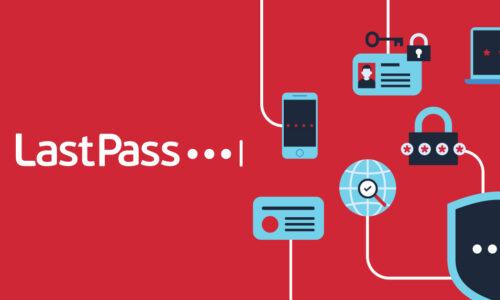Account hijacking is a serious threat in the digital world, affecting both individuals and businesses alike. Understanding how it happens and taking steps to prevent it is crucial for maintaining online security.
Understanding Account Hijacking
What is account hijacking and how does it happen?
Account hijacking occurs when cybercriminals gain unauthorized access to an online account. This can happen through methods like phishing, where victims are tricked into revealing their login credentials, or through exploiting vulnerabilities in online services.
Common methods used by hackers
Hackers often use phishing attacks, brute force attacks, and malware to hijack accounts. Phishing tricks users into providing their login details via fake emails or websites. Brute force attacks involve guessing passwords using automated tools, while malware can capture keystrokes or login information.
The consequences of account hijacking
The impact of account hijacking can be severe, leading to identity theft, financial loss, and unauthorized access to sensitive information. For businesses, this can result in data breaches, loss of customer trust, and significant financial damage.
Preventing Account Hijacking with LastPass
Using LastPass to securely store and manage passwords
LastPass helps protect against account hijacking by securely storing and managing passwords. It uses end-to-end encryption and zero-knowledge architecture, ensuring only the user can access their data.
Best practices for securing your LastPass account
To maximize security, use a strong master password and enable multi-factor authentication (MFA). Make sure you are regularly updating your passwords and avoid reusing them across multiple accounts to significantly reduce the risk of account hijacking.
How LastPass helps protect against account hijacking
LastPass provides additional security features like dark web monitoring, which alerts you if your credentials appear on the dark web. It also offers secure password sharing, allowing you to share access without revealing passwords directly.
Start your free LastPass trial.
Quick Reference:
What does hijacking an account mean?
Hijacking an account means gaining unauthorized access to someone’s online account, typically for malicious purposes.
What is the risk of an account hijack?
The risk includes identity theft, financial loss, and unauthorized access to sensitive information.
What is one leading cause of account hijacking?
One leading cause is phishing, where users are tricked into revealing their login credentials via fake emails or websites.
What are examples of account hijacking?
Examples include unauthorized access to email, social media, and financial accounts. This could be an attack on personal accounts, business accounts, or both.
How can I recover a hijacked online account?
To recover a hijacked account, contact the service provider immediately, change your passwords, enable multi-factor authentication, and monitor for any suspicious activity. Using a password manager helps to reduce the likelihood of future breaches.


